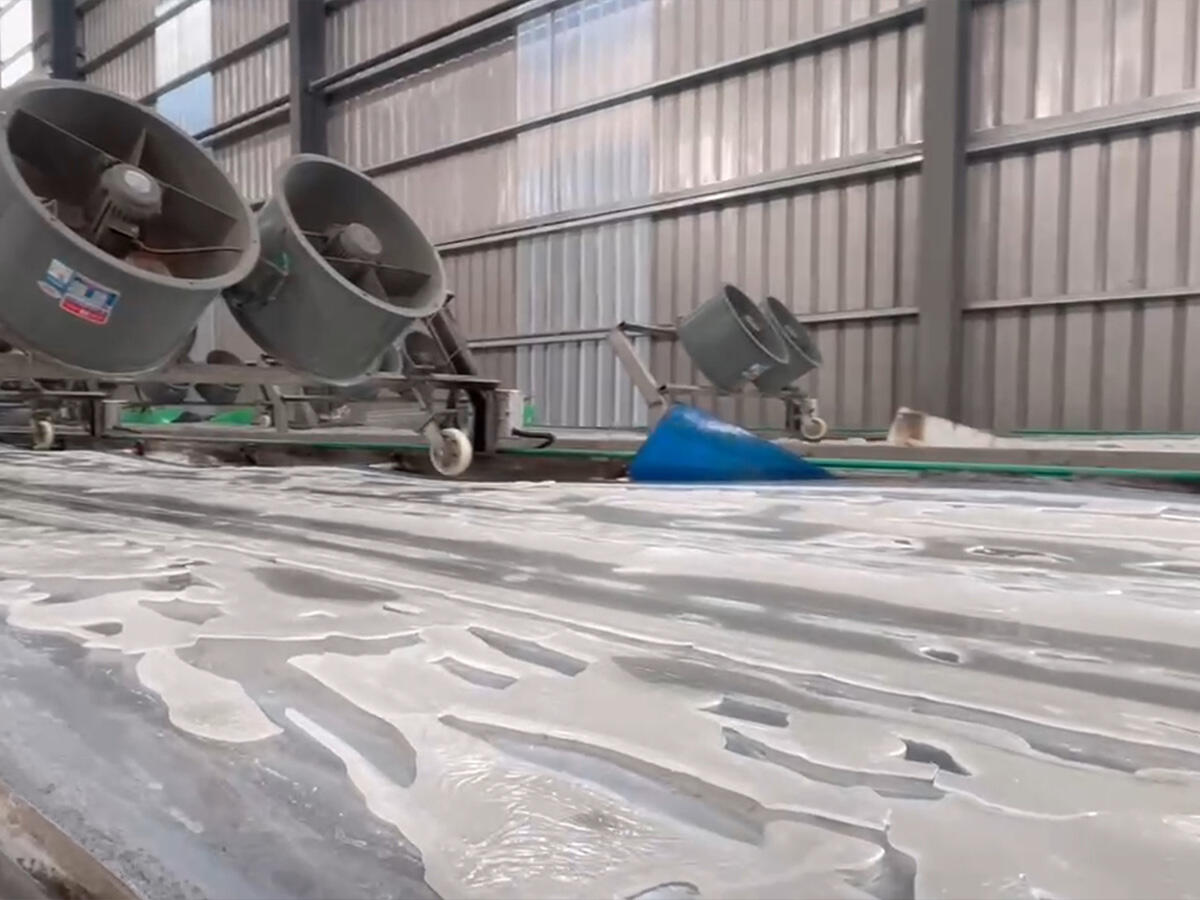Aluminium sulfate, often called alum, has become an indispensable ingredient in the global effort to deliver clean water. From municipal drinking-water plants to busy wastewater facilities and wide-ranging industrial settings, its quick and reliable action has turned it into a water purification superstar. Join us as we dive into why alum is so important, how it works chemically, and what lies ahead for this proven compound in the water-treatment sector.
The Chemical Properties of Aluminium Sulfate
Aluminium sulfate is represented by the chemical formula Al₂(SO₄)₃. As a white, shiny crystalline material, it dissolves rapidly in water, making it easy to use in treatment plants. Once in the water, alum breaks apart to release aluminium ions and sulfate ions, the building blocks that kick-start the coagulation step. The magic happens when those aluminium ions encourage tiny particles to wander toward each other and form larger clusters that we call flocs. This floc formation is what allows water facilities to effectively grab and remove floating dirt, organic waste, and a wide variety of other undesirables, leaving drinking-water and wastewater streams clearer, cleaner, and safer for everyone.
Applications in Water Treatment
Aluminum sulfate plays a vital role in both drinking water and wastewater treatment. When purifying drinking water, it is added to decrease turbidity and eliminate pathogens. The process is straightforward: alum is mixed into water, prompting tiny particles to bond into larger clusters that settle to the tank bottom, ready for easy removal. In wastewater applications, alum targets phosphates and other contaminants, assisting facilities in staying within strict environmental rules.
Benefits of Using Aluminum Sulfate
Aluminum sulfate brings key advantages to water treatment. Cost is the first factor; it is low-priced, allowing both small cities and large industries to use it without budget strain. Second, little is needed to achieve clear, safe water, meaning treatment times are short. The chemical is also simple to handle and store, requiring only standard storage tanks and feeding equipment. Because of these strengths—cost, efficiency, and ease of use—plants around the globe consistently choose alum.
Environmental Considerations
Even though aluminium sulfate stays one of the go-to agents for treating drinking water, handling it does come with a couple of green drawbacks. Dumping aluminium ions into surface water is a short route to stressing fish and other critters. Because of that, treatment plants constantly keep tabs on aluminium levels to stay on the right side of regulations. Industry researchers are also busy cooking up tweaks that let aluminium sulfate keep clearing the water while dumping a less of an ecological footprint on the way out.
Future Trends in Water Treatment
The water treatment world is on the move. Between rising populations and growing factories, the thirst for top-notch water is pushing the needle on what counts as smart handling. So, yes, aluminium sulfate is likely to stay in the toolbox, but the tools are getting sharper. Labs are still hunting for greener coagulants that give impurities the boot just as fast without the aluminium baggage. On the operations side, smart gizmos are creeping into plants, promising to dial in just the right dose of aluminium sulfate and other additives, making every drop of chemical count and every drop of water safer to drink.
To wrap things up, aluminum sulfate continues to be one of the most trusted chemicals used to purify drinking water today. It works well, doesn’t cost a lot, and helps water plants keep our supplies clear and safe. Moving forward, the challenge will be to use aluminum sulfate in a way that protects the planet at the same time. By doing so, water treatment experts can keep doing their important job while also paving the way for even better and greener purification technologies in the future.


